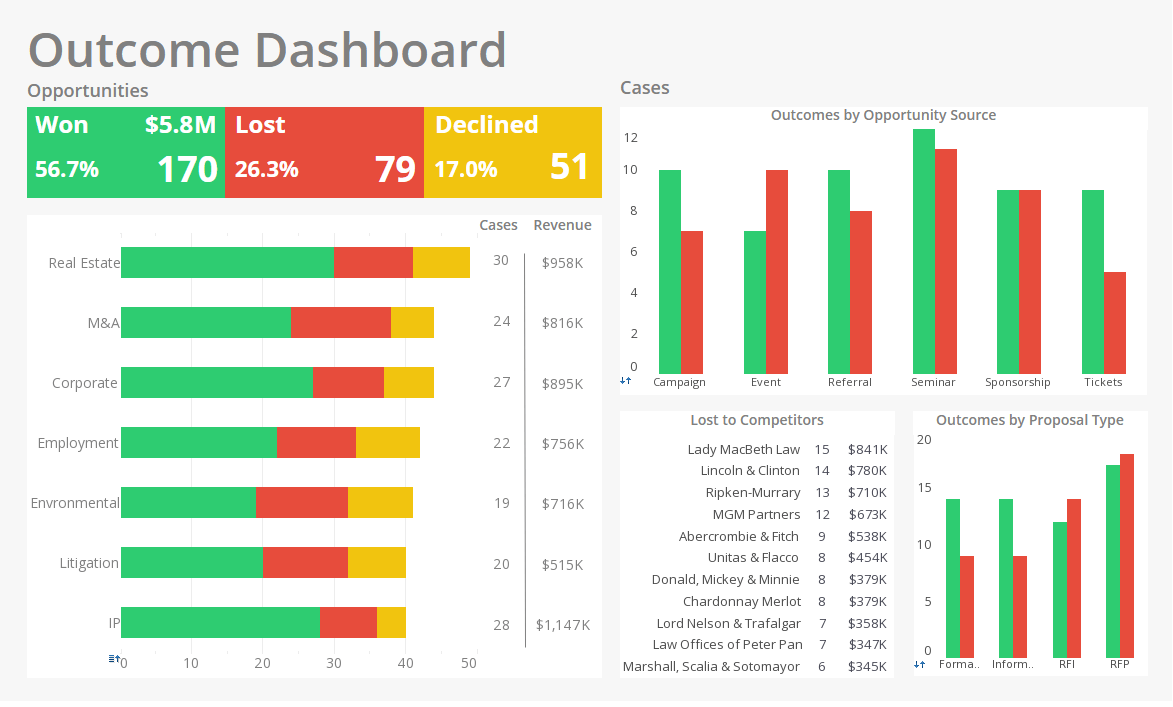What is a Serverless BI Solution?
A serverless BI solution is a cloud-based Business Intelligence platform that allows users to analyze and visualize data without the need to provision, manage, or maintain servers. Serverless BI solutions abstract the underlying infrastructure, enabling users to focus on analyzing data, creating reports, and gaining insights without worrying about the backend infrastructure.
In traditional BI setups, organizations need to invest in servers, storage, and IT resources to manage and maintain the infrastructure. Serverless BI eliminates this burden, providing a scalable, on-demand, and cost-effective alternative. With serverless BI, organizations can rapidly deploy BI applications, analyze large datasets, and derive insights without the administrative overhead.
How Does Serverless BI Work?
Serverless BI solutions typically operate on a cloud-based, event-driven architecture. Here's a high-level overview of how they work:
- Data Ingestion: Data is ingested from various sources, such as databases, data warehouses, or cloud storage services, into the serverless BI platform.
- Data Processing: The ingested data is processed and transformed using serverless computing resources, such as AWS Lambda or Azure Functions. These resources scale automatically to handle large datasets and complex computations.
- Data Storage: Processed data is stored in a cloud-based storage service, such as Amazon S3 or Azure Blob Storage, which provides durable and scalable storage.
- Query Engine: When a user submits a query or request for data analysis, the serverless BI platform's query engine optimizes and executes the query, leveraging the processed data.
- Visualization: The results are then visualized in a user-friendly interface, enabling users to explore, analyze, and gain insights from the data.
What is Required for Serverless BI?
To implement a serverless BI solution, organizations typically require:
- Cloud Infrastructure: A cloud provider, such as AWS, Azure, or Google Cloud, to host the serverless BI platform.
- Data Sources: Connection to various data sources, such as databases, data warehouses, or cloud storage services.
- Serverless Computing: A serverless computing service, such as AWS Lambda or Azure Functions, to process and transform data.
- BI Platform: A serverless BI platform, such as InetSoft's StyleBI, that provides data visualization, analysis, and reporting capabilities.
- Security and Governance: Robust security measures, such as encryption, access controls, and auditing, to ensure data protection and compliance.
Advantages of Serverless BI
Serverless BI solutions offer numerous advantages over traditional BI setups:
- Cost-Effectiveness: Serverless BI eliminates the need for upfront infrastructure investments and reduces operational costs.
- Scalability: Serverless BI platforms automatically scale to handle large datasets and high traffic, ensuring seamless performance.
- Faster Time-to-Insight: With serverless BI, organizations can rapidly deploy BI applications and derive insights from data without IT bottlenecks.
- Increased Agility: Serverless BI enables organizations to quickly respond to changing business needs and adapt to new data sources.
- Reduced Administrative Burden: Serverless BI solutions abstract the underlying infrastructure, freeing up IT resources for more strategic tasks.
Benefits of Serverless BI
The benefits of serverless BI are numerous:
- Improved Productivity: Serverless BI enables users to focus on analyzing data and gaining insights, rather than managing infrastructure.
- Enhanced Collaboration: Serverless BI platforms often provide real-time collaboration features, enabling teams to work together more effectively.
- Better Data-Driven Decision-Making: With serverless BI, organizations can rapidly analyze large datasets and derive actionable insights.
- Increased Flexibility: Serverless BI solutions support a wide range of data sources and formats, enabling organizations to adapt to changing data landscapes.
- Competitive Advantage: By leveraging serverless BI, organizations can respond faster to market changes and make data-driven decisions more efficiently.
Real-World Applications of Serverless BI
Serverless BI solutions have numerous real-world applications across various industries:
- E-commerce: Analyze customer behavior, track sales, and optimize marketing campaigns with serverless BI.
- Healthcare: Use serverless BI to analyze patient outcomes, track disease trends, and optimize treatment protocols.
- Finance: Leverage serverless BI to analyze financial performance, detect anomalies, and identify opportunities for growth.
Challenges and Limitations
While serverless BI offers numerous benefits, there are some challenges and limitations to consider:
- Data Security: Ensuring data protection and compliance in a serverless BI environment can be complex.
- Vendor Lock-in: Organizations may be tied to a specific cloud provider or BI platform, limiting flexibility.
- Performance: Serverless BI solutions may experience performance issues with extremely large datasets or complex queries.
Serverless BI Comparison: StyleBI vs Power BI
StyleBI
- Serverless by Design: Cloud-native BI tool running as microservices or containers.
- Open Source Option: Supports flexible deployment on cloud platforms like AWS, Azure, and GCP.
- Ideal For: Teams seeking embedded analytics with minimal infrastructure.
Power BI
- Not Fully Serverless: Hosted SaaS product that connects to serverless data sources.
- Cloud-Hosted: Runs in the cloud but relies on backend services managed by Microsoft.
- Ideal For: Organizations using Microsoft Azure for data and analytics integration.
Key Differences
- Architecture: StyleBI is serverless by design, while Power BI is a hosted solution.
- Deployment Flexibility: StyleBI offers open source deployment options, whereas Power BI is tied to Microsoft’s ecosystem.
- Use Cases: StyleBI is ideal for teams needing embedded analytics, while Power BI suits organizations already using Azure.



